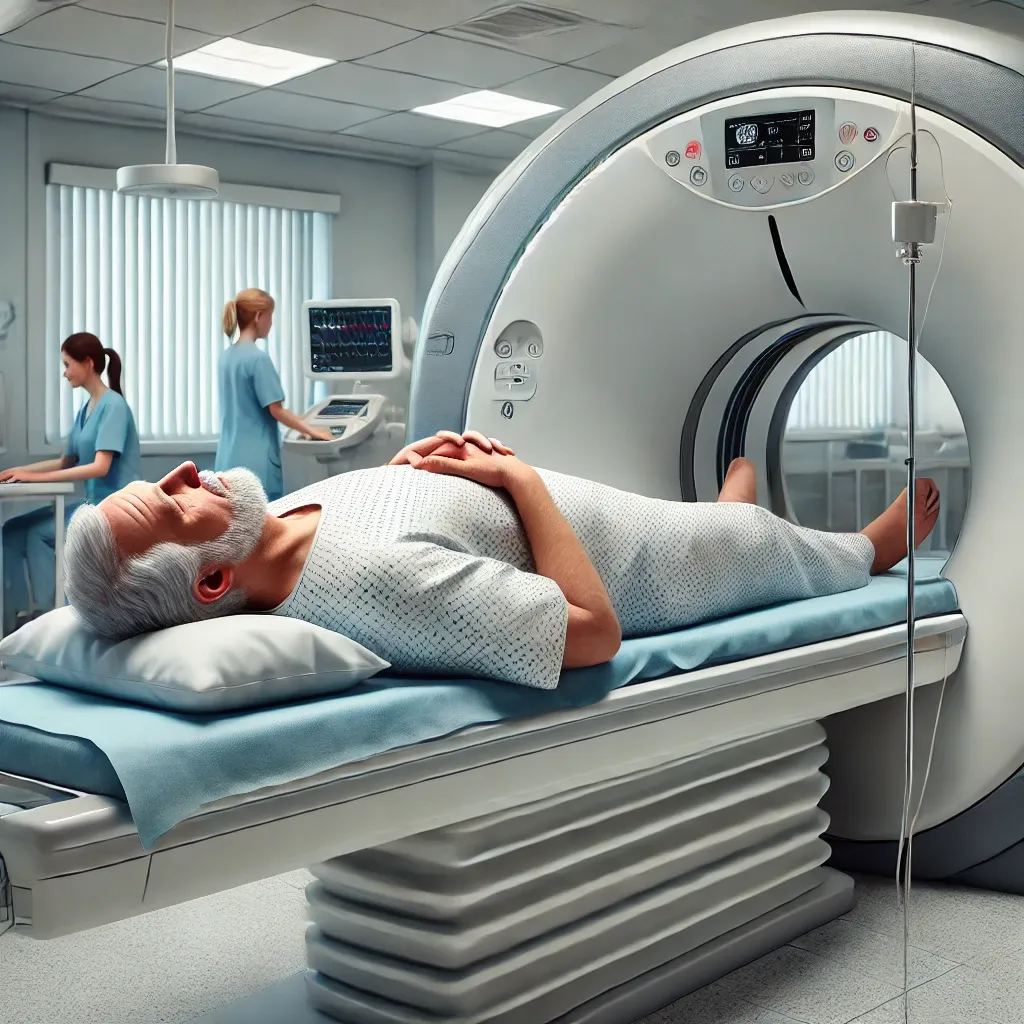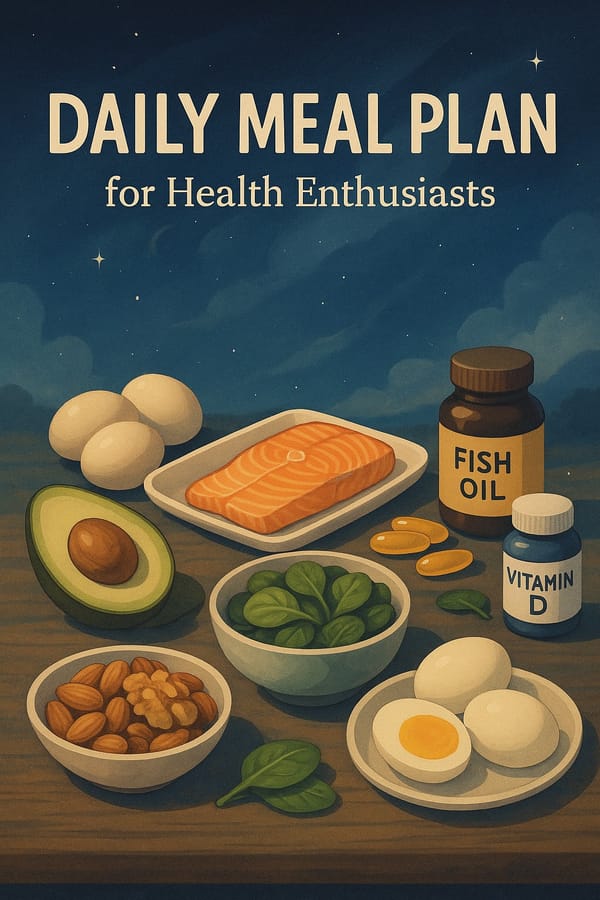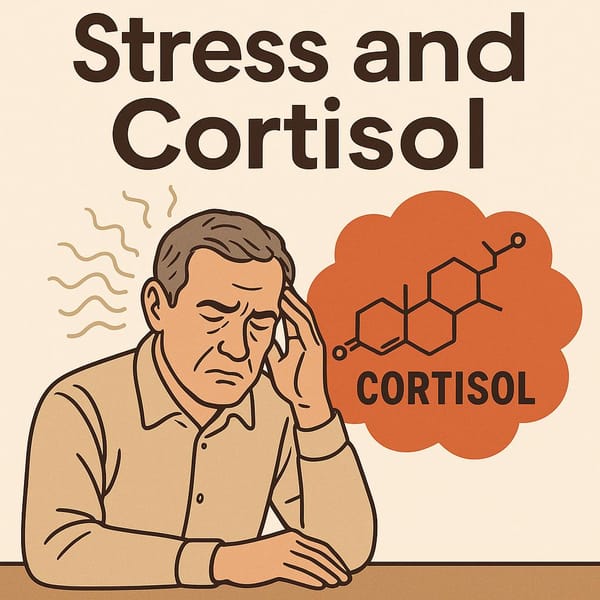CT Calcium Score: Understanding Its Importance and How to Maintain a Healthy Heart
CT Calcium Score is a reliable tool for assessing heart disease risk. Learn more about how it works and how to keep your heart healthy at 50+.

Introduction
Cardiovascular disease is a major health concern, especially for individuals aged 50 and above. This population has a higher risk of coronary artery disease, heart attack, hypertension, and high cholesterol levels. While many are familiar with basic diagnostic tests such as Electrocardiogram (EKG) or Exercise Stress Test, there is another highly accurate method for evaluating heart disease risk: CT Calcium Score.
CT Calcium Score uses computed tomography (CT) scanning to detect the buildup of calcium (plaque) in your coronary arteries, providing an early warning sign of future heart problems. In this article, we will explore the basics of CT Calcium Score—what it is, how it works, and how it can help reduce your risk of cardiovascular events. Whether you are over 50 or simply want to be proactive about heart health, this comprehensive guide will provide practical steps to maintain a strong, healthy heart.
What Is CT Calcium Score?
CT Calcium Score, also known as Cardiac CT for Calcium Scoring, is a non-invasive scanning procedure that does not require the use of contrast dye. A CT scanner uses X-rays to detect calcified plaque within the arterial walls. The amount of calcium present is then converted into a “score,” which indicates the likelihood of developing coronary artery disease in the future. The higher the score, the more plaque buildup in the arteries, and consequently, the greater your risk of heart disease.
Benefits of CT Calcium Score
- Early Detection of Risk: Calcified plaque can appear early in the progression of heart disease, sometimes before any symptoms develop. CT Calcium Score allows for early detection of potential risks.
- Non-Invasive: There is no need for catheters or contrast dye (for calcium scoring alone), making this method safer and more convenient.
- Guides Treatment Plans: A high CT Calcium Score can alert your healthcare provider to the necessity of interventions, such as medication adjustments, diet changes, or further diagnostic tests.
Who Should Consider It?
- Individuals with a high risk of heart disease, such as those with a family history of coronary artery disease or multiple risk factors (e.g., smoking, diabetes, hypertension, high LDL cholesterol).
- People aged 50 and above, due to the increased likelihood of arterial changes and plaque buildup.
- Individuals who wish to proactively assess their need for cholesterol-lowering medications (statins) or other preventative measures.
- Those who suspect underlying heart problems but prefer a less invasive initial assessment than coronary angiography.
Steps Involved in CT Calcium Score
- Preparation: Generally, there’s no need to fast before the test unless otherwise advised by your healthcare provider. Avoid stimulants like caffeine, if suggested.
- Changing Clothes: Patients may need to change into a gown without any metallic accessories, which could interfere with the scan.
- Entering the CT Scanner: You will lie on a scanning table, and the radiology team will operate the machine to capture images of your chest. The process is quick, usually taking just a few minutes.
- Image Capture: X-rays are applied at specific cardiac phases, aiming to capture images during cardiac diastole for optimal clarity.
- Data Processing: The system generates a 3D image of your coronary arteries and calculates the calcium score automatically.
- Result Discussion: A physician evaluates the score and explains its significance, recommending preventive or therapeutic strategies.
Note: While this test does involve exposure to X-rays, the dosage is lower compared to invasive procedures like angiography. For most patients, the benefit of knowing their risk level outweighs the radiation risk.
Interpreting Your CT Calcium Score
Different institutions may have slightly varied reference ranges, but here’s a general guideline:
- 0: No calcification detected; very low risk of heart disease.
- 1–10: Minimal plaque; adopt lifestyle changes and maintain regular follow-up.
- 11–100: Mild to moderate plaque; risk of coronary artery disease is present and should be managed carefully.
- 101–400: Significant plaque; higher risk of cardiovascular events, warrants closer medical supervision.
- >400: Extensive plaque; indicates high risk, requiring urgent and thorough cardiac evaluation.
Basic Self-Care Guidelines Based on Score
- 0: Continue healthy habits and schedule routine check-ups.
- 1–100: Modify lifestyle, focusing on diet, exercise, and avoiding harmful habits like smoking.
- 101–400: Consult healthcare professionals regularly; you may need medication or advanced diagnostic tests.
- >400: High risk; further tests such as Coronary CT Angiography (CCTA) or Cardiac Catheterization may be required.
How to Take Care of Yourself After Learning Your CT Calcium Score
1. Diet and Nutrition
- Emphasize Healthy Fats: Avocados, salmon, mackerel, olive oil—these can help lower LDL (bad) cholesterol and increase HDL (good) cholesterol.
- Limit Processed Foods: Sausages, bacon, snack foods, or processed meals often contain trans fats and high sodium levels.
- Increase Fiber Intake: Fresh fruits, vegetables, whole grains, and legumes help control both blood lipid and glucose levels.
- Reduce Sugar and Salt: High sugar intake can lead to diabetes; excessive sodium contributes to hypertension.
2. Exercise and Physical Activity
- Light Aerobics: Brisk walking, swimming, cycling, yoga, or tai chi to promote circulation without overstraining muscles and joints.
- Stretching: Improves flexibility and reduces the risk of injury.
- Strength Training: Resistance bands, light dumbbells, or bodyweight exercises to build muscle mass and support cardiovascular health.
- Consistency: Aim for at least 150 minutes of moderate activity per week or about 30 minutes a day.
3. Stress Management and Sleep
- Deep Breathing Exercises: Helps regulate heart rate and reduce anxiety.
- Meditation or Yoga: Research indicates regular practice may lower the risk of heart disease.
- Adequate Sleep: Aim for 7–8 hours a night to support overall recovery and metabolic function.
4. Medical Follow-Up and Medication
- Regular Cardiac Check-Ups: Monitor heart health and adjust treatment plans as necessary.
- Stick to Prescribed Medications: Whether statins, blood pressure medication, or blood thinners, consistency is crucial.
- Avoid Self-Medicating: Some over-the-counter drugs may interact with existing prescriptions.
5. Quit Smoking and Limit Alcohol
- Smoking: A leading cause of arterial plaque formation. Quitting smoking can significantly reduce heart disease risk.
- Alcohol: Moderate intake is advised; heavy consumption is detrimental to heart health.
CT Calcium Score and Adults 50+
Age 50 and above often comes with physiological changes that increase the susceptibility to atherosclerosis and other heart-related issues. CT Calcium Score becomes a valuable tool to detect plaque buildup, enabling individuals and healthcare providers to strategize interventions early. This age group also has a wonderful opportunity to focus on fitness, nutrition, and stress management to enhance heart function and overall quality of life.
Scientific Evidence Backing CT Calcium Score
- The American Heart Association (AHA) states that Calcium Score is a reliable method for predicting coronary heart disease in the general population.
- A literature review in the journal Circulation found that individuals with higher Calcium Scores have a significantly greater likelihood of experiencing an acute myocardial infarction.
- According to Mayo Clinic, lifestyle modifications—such as weight control, regular exercise, and dietary improvements—can substantially lower heart disease risk, especially for those with elevated Calcium Scores.
Conclusion
CT Calcium Score is a powerful screening tool that can reveal hidden risks of coronary artery disease by detecting calcium buildup early. By knowing your score, you and your healthcare team can formulate preventive or therapeutic strategies to avert more serious complications in the future.
Whether you are over 50 or simply wish to safeguard your heart health, CT Calcium Score can offer valuable insights. Combine the results with a healthy lifestyle—balanced diet, consistent exercise, stress management, and regular medical follow-ups—and you significantly reduce the chance of heart-related emergencies.
Ultimately, understanding your CT Calcium Score places you one step ahead in the fight against heart disease. Consult your physician for tailored advice and recommended tests if you suspect elevated risk factors. With proper attention and care, you can maintain a strong, vibrant heart at any age.
“Prevention is better than cure.” Start caring for your heart today and invest in a healthier tomorrow.



